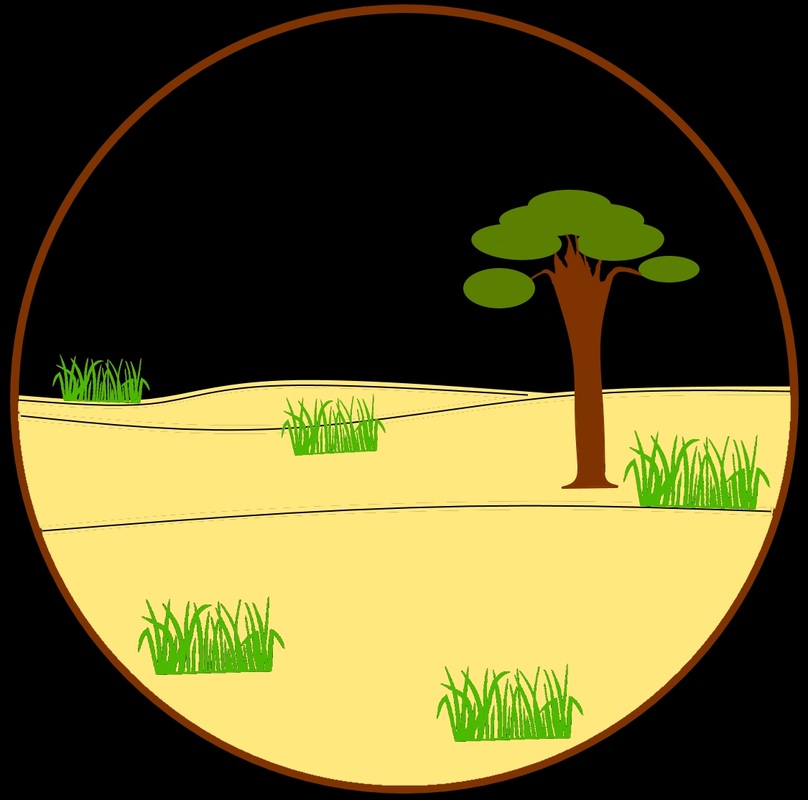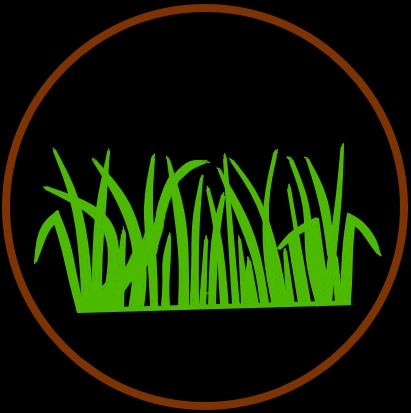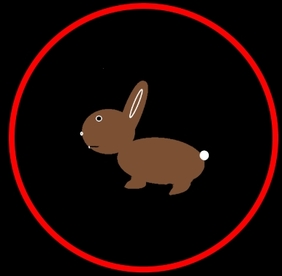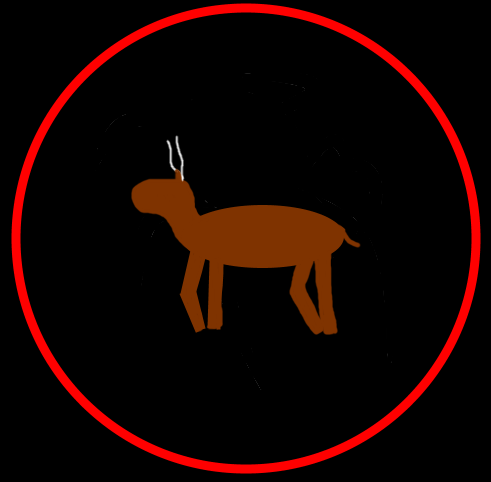Leopard
Panthera pardus
Where is it found?
|
Mountain
|
Forest
|
Savannah
|
Grassland
|
Diet and foraging method
Key adaptations
Leopards are well adapted for climbing trees; claws and muscular limbs allow them to climb into the tree and their long tail provides balance while moving along narrow branches.
Leopards are covered in black spots which provides camouflage in the dappled forest light.
Leopards are covered in black spots which provides camouflage in the dappled forest light.
Social organisation and mating system
Solitary
Promiscuous
Did you know that...?
Panthers are also leopards.
Leopards vary in colour depending in their habitat; in savannah they are a sandy ochre, whereas in mountains they tend to be very dark gold. Leopards can even be nearly completely black due to their fur containing high levels of the black pigment melanin. These dark individuals are called "black panthers"
Leopards vary in colour depending in their habitat; in savannah they are a sandy ochre, whereas in mountains they tend to be very dark gold. Leopards can even be nearly completely black due to their fur containing high levels of the black pigment melanin. These dark individuals are called "black panthers"
Taxonomy
Picture credits:
Maps from: http://species.mol.org/species/
"Flickr - Rainbirder - Sassy Lassy" by Steve Garvie from Dunfermline, Fife, Scotland - Sassy Lassy!. Licensed under CC BY-SA 2.0 via Wikimedia Commons - https://commons.wikimedia.org/wiki/File:Flickr_-_Rainbirder_-_Sassy_Lassy.jpg#/media/File:Flickr_-_Rainbirder_-_Sassy_Lassy.jpg
"Leopard (Panthera pardus) (18011197998)" by Bernard DUPONT from FRANCE - Leopard (Panthera pardus). Licensed under CC BY-SA 2.0 via Wikimedia Commons - https://commons.wikimedia.org/wiki/File:Leopard_(Panthera_pardus)_(18011197998).jpg#/media/File:Leopard_(Panthera_pardus)_(18011197998).jpg
"Leopard (Panthera pardus) yawning (12906719485)" by Bernard DUPONT from FRANCE - Leopard (Panthera pardus) yawning. Licensed under CC BY-SA 2.0 via Wikimedia Commons - https://commons.wikimedia.org/wiki/File:Leopard_(Panthera_pardus)_yawning_(12906719485).jpg#/media/File:Leopard_(Panthera_pardus)_yawning_(12906719485).jpg
"Lydekker - Leopard" by Wyman & Sons Limited - Lloyd's Natural History: "A hand-book to the Carnivora. Part 1, Cats, civets, and mungoose"[1] by Richard Lydekker. Licensed under Public Domain via Wikimedia Commons - https://commons.wikimedia.org/wiki/File:Lydekker_-_Leopard.JPG#/media/File:Lydekker_-_Leopard.JPG
"Brehms Het Leven der Dieren Zoogdieren Orde 4 Luipaard (Felis pardus)" by A. E. Brehm - http://www.gutenberg.org/files/20129/20129-h/20129-h.htm. Licensed under Public Domain via Wikimedia Commons - https://commons.wikimedia.org/wiki/File:Brehms_Het_Leven_der_Dieren_Zoogdieren_Orde_4_Luipaard_(Felis_pardus).jpg#/media/File:Brehms_Het_Leven_der_Dieren_Zoogdieren_Orde_4_Luipaard_(Felis_pardus).jpg
"Flickr - Rainbirder - Sassy Lassy" by Steve Garvie from Dunfermline, Fife, Scotland - Sassy Lassy!. Licensed under CC BY-SA 2.0 via Wikimedia Commons - https://commons.wikimedia.org/wiki/File:Flickr_-_Rainbirder_-_Sassy_Lassy.jpg#/media/File:Flickr_-_Rainbirder_-_Sassy_Lassy.jpg
"Leopard (Panthera pardus) (18011197998)" by Bernard DUPONT from FRANCE - Leopard (Panthera pardus). Licensed under CC BY-SA 2.0 via Wikimedia Commons - https://commons.wikimedia.org/wiki/File:Leopard_(Panthera_pardus)_(18011197998).jpg#/media/File:Leopard_(Panthera_pardus)_(18011197998).jpg
"Leopard (Panthera pardus) yawning (12906719485)" by Bernard DUPONT from FRANCE - Leopard (Panthera pardus) yawning. Licensed under CC BY-SA 2.0 via Wikimedia Commons - https://commons.wikimedia.org/wiki/File:Leopard_(Panthera_pardus)_yawning_(12906719485).jpg#/media/File:Leopard_(Panthera_pardus)_yawning_(12906719485).jpg
"Lydekker - Leopard" by Wyman & Sons Limited - Lloyd's Natural History: "A hand-book to the Carnivora. Part 1, Cats, civets, and mungoose"[1] by Richard Lydekker. Licensed under Public Domain via Wikimedia Commons - https://commons.wikimedia.org/wiki/File:Lydekker_-_Leopard.JPG#/media/File:Lydekker_-_Leopard.JPG
"Brehms Het Leven der Dieren Zoogdieren Orde 4 Luipaard (Felis pardus)" by A. E. Brehm - http://www.gutenberg.org/files/20129/20129-h/20129-h.htm. Licensed under Public Domain via Wikimedia Commons - https://commons.wikimedia.org/wiki/File:Brehms_Het_Leven_der_Dieren_Zoogdieren_Orde_4_Luipaard_(Felis_pardus).jpg#/media/File:Brehms_Het_Leven_der_Dieren_Zoogdieren_Orde_4_Luipaard_(Felis_pardus).jpg











